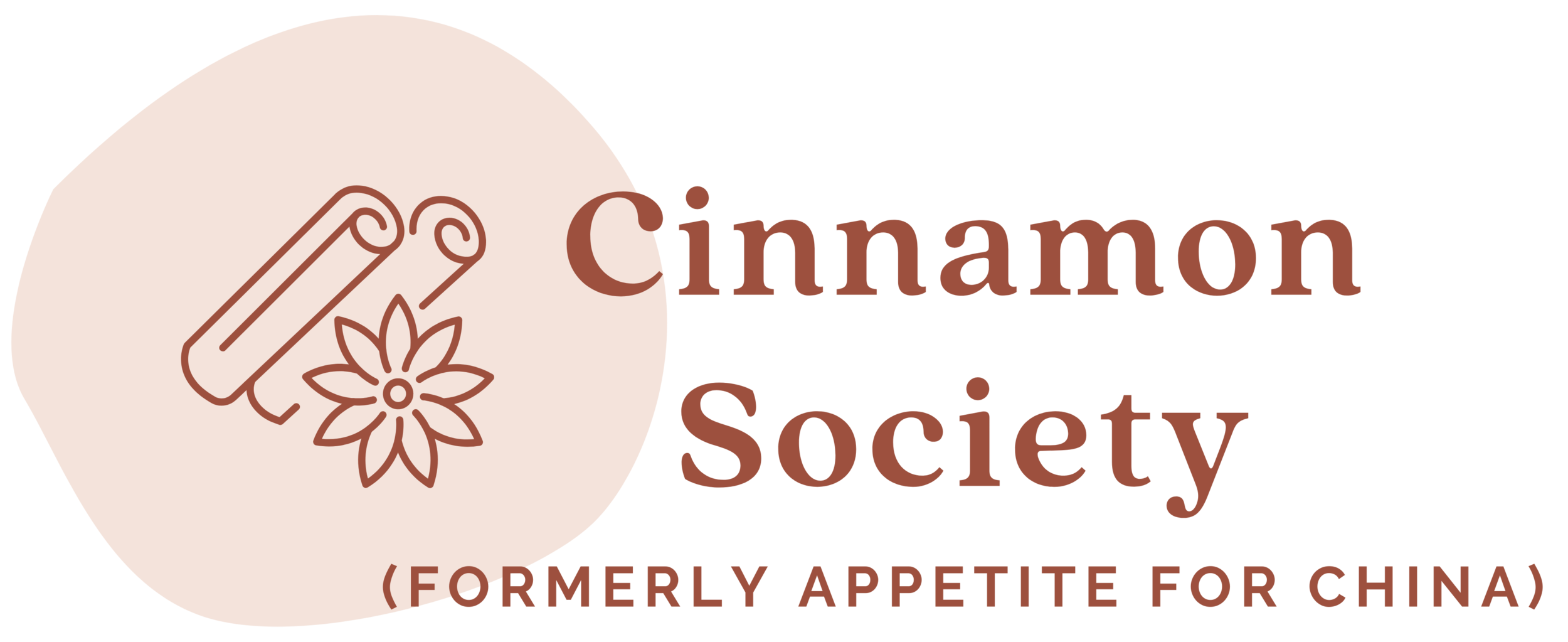Bingtang hulu

Even on the bleakest of Beijing's winter days, many corners of the city are lit up with bright colors. These are the corners where the bīngtáng húlù vendors stand, selling their skewers of candied fruit.
The traditional form of bīngtáng húlù 冰糖葫芦 is a skewer of about half a dozen hawthorns that are dipped in a sugar syrup, which hardens into a shiny candy coating. The snack is most popular during fall and winter months, when the hawthorn and its cousin the crab apple are in season. Hawthorns, called shānzhā (山楂) in Chinese, are also used in juices, jams, even alcoholic drinks. The Chinese believe that hawthorns aid digestion, so this is one sugar-ladened treat that you shouldn't feel guilty eating. At least, I don't.
Did I mention that adults love this as much as kids do? It's not uncommon to see adults going about mundane tasks like grocery shopping or commuting home, munching on a shiny fruit kebab with the nonchalantness of a Westerner sipping a cup of take-out coffee.
Bīngtáng húlù can also include hawthorns with walnuts or sesame, crab apples, mandarin oranges, grapes, dried persimmons, even bananas. It's a simple concept that leaves room for loads of variations. The common denominator, of course, is the sugar syrup (sometimes a caramel syrup) that gets so stuck in your teeth that you stop trying to get it out. Instead, you flash that gooey smile to whomever you happen to be eating with, knowing bīngtáng húlù is too good to be just a kid's treat.
